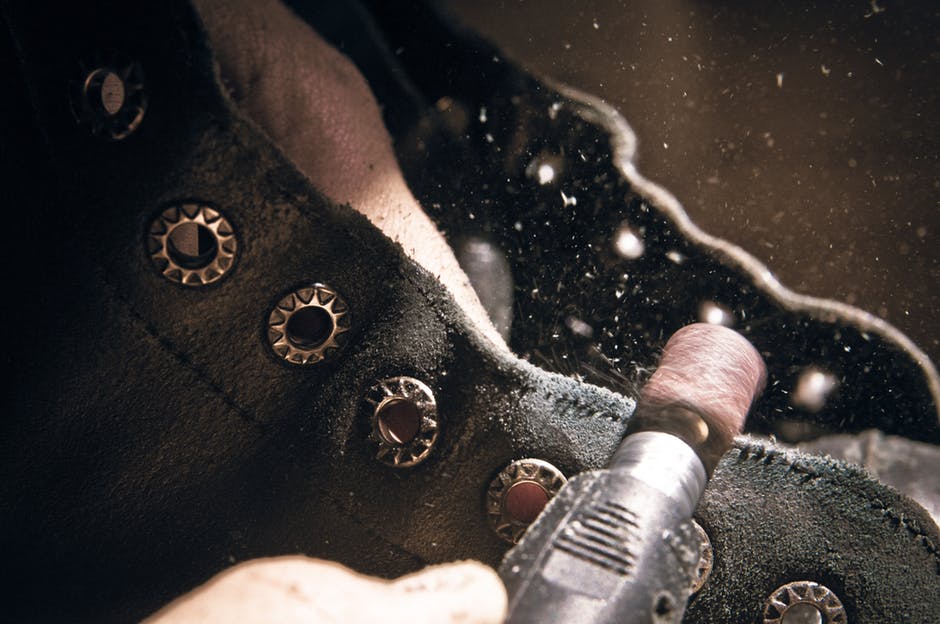Oct 15th 2017
4 Ways To Evaluate The Characteristics Of Dust
While small particles of dust may not seem like a life threatening event, inhaling harmful particulate can wreak havoc on your lungs and work environment. If you own a dust collector, you’ve probably tried to characterize the dust samples in your work environment. Depending on the size of the dust particles, characterizing them can be extremely difficult without the help of a professional. At Bisco Enterprise, we understand how important your dust collection system is to your workplace, which is why we’re dedicated to providing our customers with the best dust collection products available on the market today. In this article, our dust collection experts have come together to provide you with the four best ways to evaluate the characteristics of dust in your workshop.
#1: The Fines Test

This particular test will give you an idea of the size or “fineness” of the dust particles that are being generated in your workplace. Also referred to as the “fingerprint” or “flick” test, the Fines Test can be performed by simply pressing your finger into a sample of dust. If the dust is small enough that it remains on the print on your finger, the dust particles are probably less than 10 microns in size. The “flick” test involves using your fingers to flick the lower corner of a sealed container that is holding a sample of the dust. If a plume is created at the top of the container, the dust is extremely fine and a more aggressive filtration velocity may be required.
#2: The Paper Pleat Test
If you’re looking for a way to prove the agglomerative nature of the dust in your facility, or the dusts tendency to “nest together,” consider trying the Paper Pleat Test. This test can be performed by folding a dust sample into a piece of paper. In this scenario, the folded piece of paper represents the pleat of a cartridge filter. If there is no clumping when the pleat is gently opened, the dust in your warehouse may not be very agglomerative and should easily pulse out of the cartridge filter. On the other hand, if clumping is observed, the dust is probably very agglomerative.
#3: The Paper Plate Test
If the dust particles in your metalworking warehouse or manufacturing facility contain oil, this could be a serious health issue for your employees. To test the oil content in a dust sample, try utilizing the Paper Plate Test. During this test, place a dust sample on a paper plate or paper towel and let it sit for an extended period of time. If oil rings eventually form around the dust, oil is likely present in your facility and there may be something wrong with your current dust collection system.
#4: The Hygroscopic Test
Last but not least, if you’re looking for a way to measure how the dust in your facility is going to take on moisture, try the Hygroscopic Test. For this test, place a sample of the dust in a small open container. Fill an additional container with water, and place both containers in a covered pan near a radiator or another type of heat source overnight. When you take a look at the dust particles the next day, make note of any moist or tacky feeling appearance that the dust might have. This will help you determine how the dust in your facility is reactive to moisture and should give you a good indication of the type of dust collection upkeep for your system.
Browse Dust Collection Products
If you need assistance choosing a dust collection system for your workplace, contact the clean air experts at Bisco Enterprise today.

